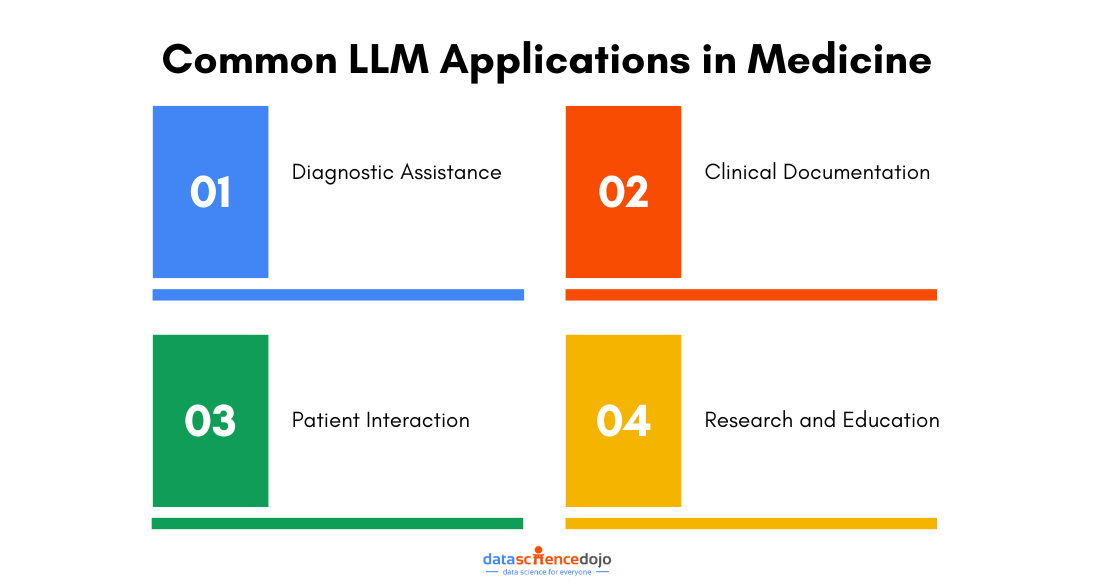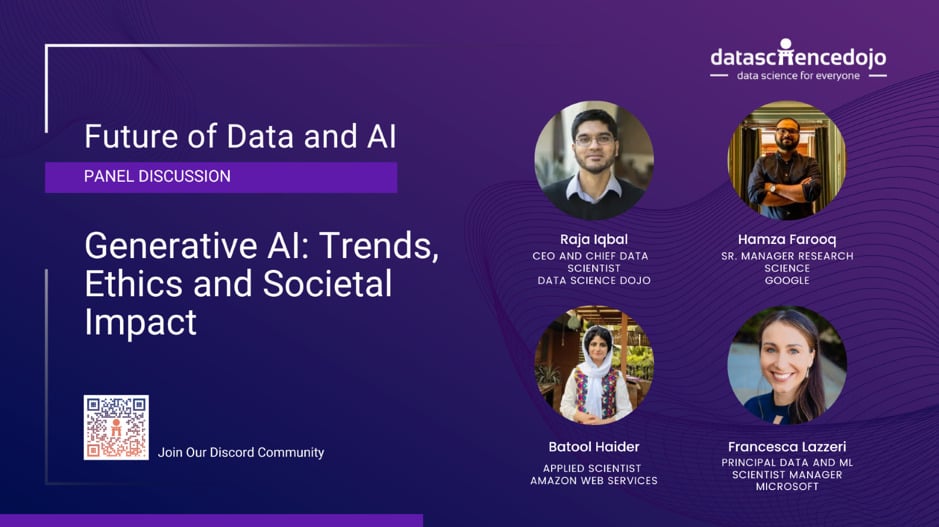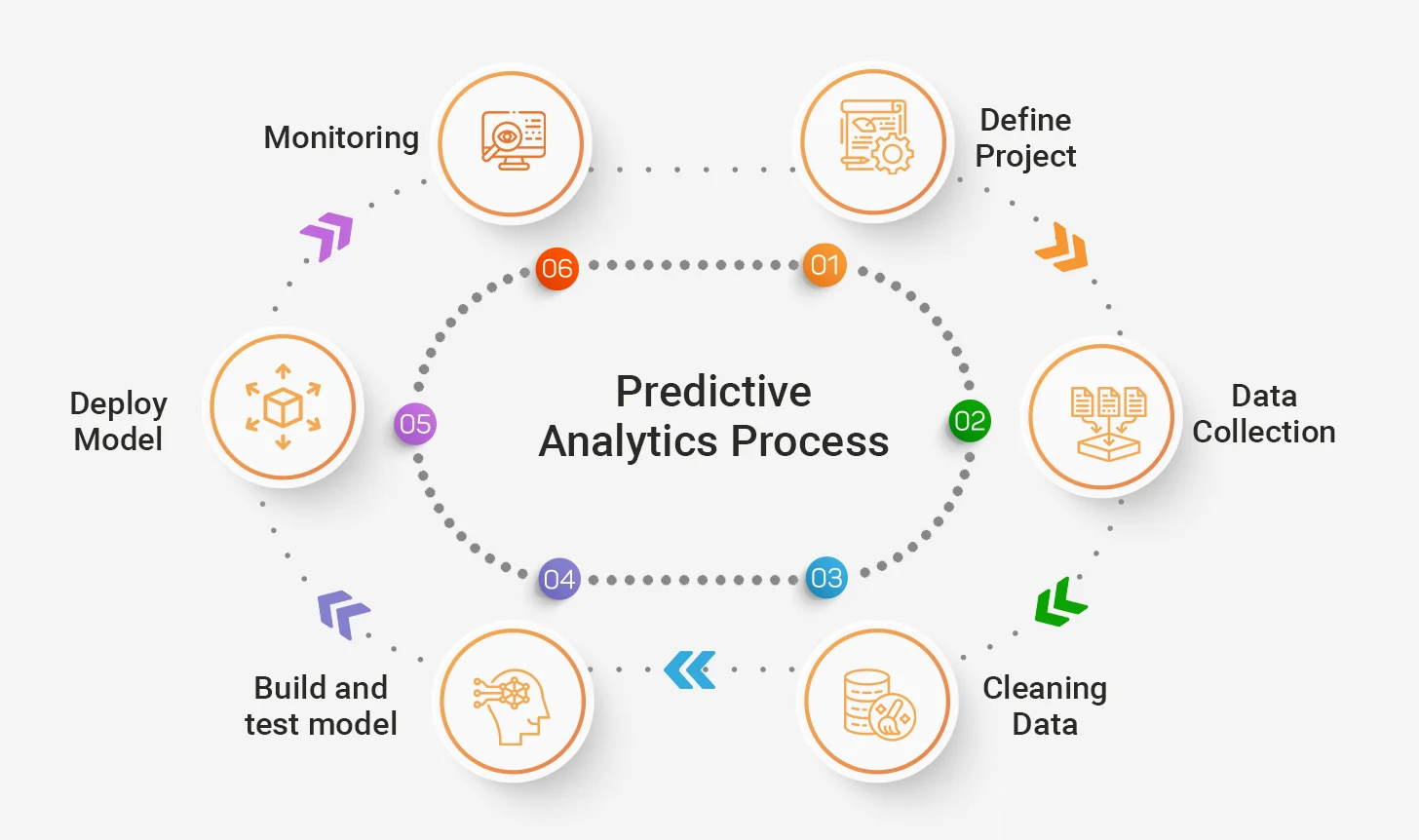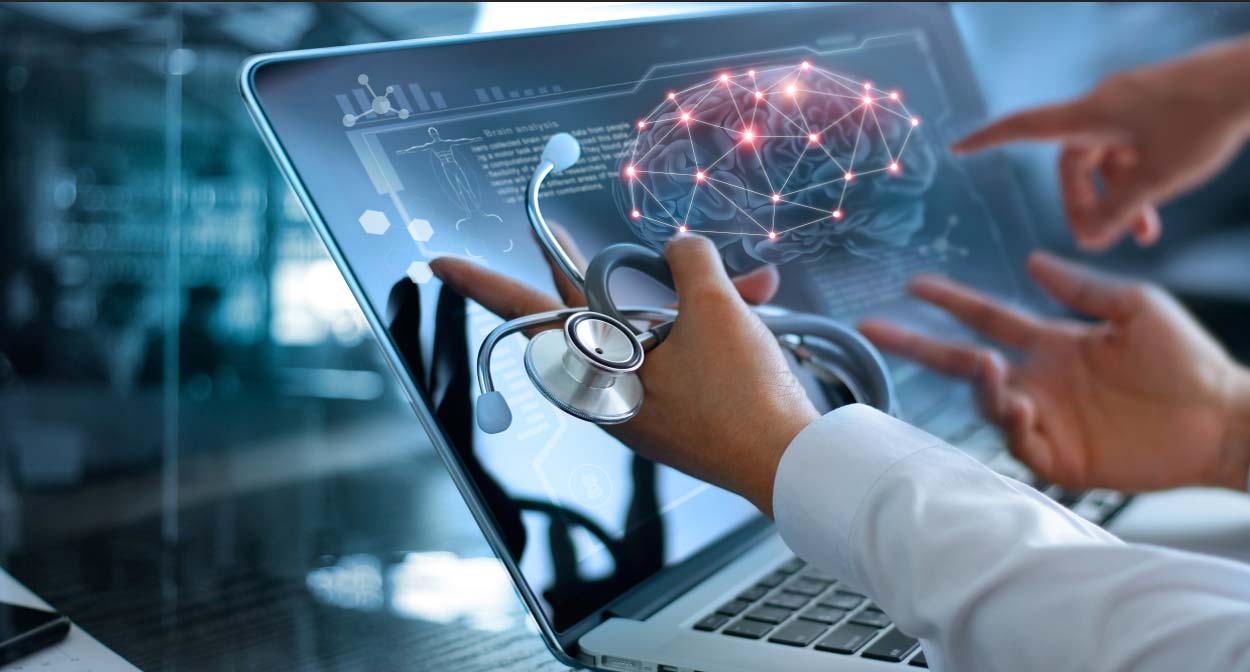There are predictions that applications of AI in healthcare could significantly reduce annual costs in the US by 2026. Estimates suggest reaching savings of around $150 billion.
This cost reduction is expected to come from a combination of factors, including:
- Improved efficiency and automation of administrative tasks
- More accurate diagnoses and treatment plans
- Reduced hospital readmission rates
Large language models (LLMs) are transforming the landscape of medicine, bringing unprecedented changes to the way healthcare is delivered, managed, and even perceived.
These models, such as ChatGPT and GPT-4, are artificial intelligence (AI) systems trained on vast volumes of text data, enabling them to generate human-like responses and perform a variety of tasks with remarkable accuracy.
The impact of Artificial Intelligence (AI) in the field of medicine has been profound, transforming various aspects of healthcare delivery, management, and research.
AI technologies, including machine learning, neural networks, and large language models (LLMs), have significantly contributed to improving the efficiency, accuracy, and quality of medical services.
Here’s an in-depth look at how AI is reshaping medicine and helping medical institutes enhance their operations:
Some Common Applications of LLMs in the Medical Profession
LLMs have been applied to numerous medical tasks, enhancing both clinical and administrative processes. Here are detailed examples:
-
Diagnostic Assistance:
LLMs can analyze patient symptoms and medical history to suggest potential diagnoses. For instance, in a recent study, LLMs demonstrated the ability to answer medical examination questions and even assist in generating differential diagnoses. This capability can significantly reduce the burden on healthcare professionals by providing a second opinion and helping to identify less obvious conditions.
Moreover, AI algorithms can analyze complex medical data to aid in diagnosing diseases and predicting patient outcomes. This capability enhances the accuracy of diagnoses and helps in the early detection of conditions, which is crucial for effective treatment.
Further, AI systems like IBM Watson Health can analyze medical images to detect anomalies such as tumors or fractures with high precision. In some cases, these systems have demonstrated diagnostic accuracy comparable to or even surpassing that of experienced radiologists
Read more about: How AI in Healthcare has improved patient care
-
Clinical Documentation:
AI-powered clinical decision support systems (CDSS) provide healthcare professionals with evidence-based recommendations to optimize patient care. These systems analyze patient data, medical histories, and the latest research to suggest the most effective treatments.
In hospitals, CDSS can integrate with Electronic Health Records (EHR) to provide real-time alerts and treatment recommendations, reducing the likelihood of medical errors and ensuring adherence to clinical guidelines.
Another time-consuming task for physicians is documenting patient encounters. LLMs can automate this process by transcribing and summarizing clinical notes from doctor-patient interactions. This not only saves time but also ensures that records are more accurate and comprehensive.
-
Patient Interaction:
LLM chatbots like ChatGPT are being used to handle patient inquiries, provide health information, and even offer emotional support. These chatbots can operate 24/7, providing immediate responses and reducing the workload on human staff.
To further ease the doctor’s job, AI enables the customization of treatment plans based on individual patient data, including genetic information, lifestyle, and medical history. This personalized approach increases the effectiveness of treatments and reduces adverse effects.
AI algorithms can analyze a patient’s genetic profile to recommend personalized cancer treatment plans, selecting the most suitable drugs and dosages for the individual.
-
Research and Education:
LLMs assist in synthesizing vast amounts of medical literature, helping researchers stay up-to-date with the latest advancements. They can also generate educational content for both medical professionals and patients, ensuring that information dissemination is both quick and accurate.
The real-world implementation of LLMs in healthcare has shown promising results. For example, studies have demonstrated that LLMs can achieve diagnostic accuracy comparable to that of experienced clinicians in certain scenarios. In one study, LLMs improved the accuracy of clinical note classification, showing that these models could effectively handle vast amounts of medical data.
Your One-Stop Guide to Large Language Models and their Applications
Large Language Models Impacting Key Areas in Healthcare
By leveraging LLMs, medical professionals can save time, enhance their knowledge, and ultimately provide better care to their patients. This integration of AI into medical research and education highlights the transformative potential of technology in advancing healthcare.
Summarizing New Studies and Publications
Real-Time Information Processing
LLMs can rapidly process and summarize newly published medical research articles, clinical trial results, and medical guidelines. Given the vast amount of medical literature published every day, it is challenging for healthcare professionals to keep up. LLMs can scan through these documents, extracting key findings, methodologies, and conclusions, and present them in a concise format.
Also Learn how orchestration frameworks streamline AI workflows
A medical researcher can use an LLM-powered tool to quickly review the latest papers on a specific topic like immunotherapy for cancer. Large language model applications like ChatGPT can provide summaries that highlight the most significant findings and trends, saving the researcher valuable time and ensuring they do not miss critical updates.
Continuous Learning Capability
Educational Content Generation
LLMs can generate educational materials, such as summaries of complex medical concepts, detailed explanations of new treatment protocols, and updates on recent advancements in various medical fields. This educational content can be tailored to different levels of expertise, from medical students to seasoned professionals.
Medical students preparing for exams can use an LLM-based application to generate summaries of textbooks and journal articles. Similarly, physicians looking to expand their knowledge in a new specialty can use the same tool to get up-to-date information and educational content.
Research Summarization and Analysis
A cardiologist wants to stay informed about the latest research on heart failure treatments. By using an LLM, the cardiologist receives daily or weekly summaries of new research articles, clinical trial results, and reviews. The LLM highlights the most relevant studies, allowing the cardiologist to quickly grasp new findings and incorporate them into practice.
Platforms like PubMed, integrated with LLMs, can provide personalized summaries and recommendations based on the cardiologist’s specific interests and past reading history.
Clinical Decision Support
A hospital integrates an LLM into its electronic health record (EHR) system to provide clinicians with real-time updates on best practices and treatment guidelines. When a clinician enters a diagnosis or treatment plan, the LLM cross-references the latest research and guidelines, offering suggestions or alerts if there are more recent or effective alternatives.
During the COVID-19 pandemic, LLMs were used to keep healthcare providers updated on rapidly evolving treatment protocols and research findings, ensuring that the care provided was based on the most current and accurate information available.
Learn How LLMs Are Reshaping Software Development
Personalized Learning for Healthcare Professionals
An online medical education platform uses LLMs to create personalized learning paths for healthcare professionals. Based on their previous learning history, specialties, and interests, the platform curates the most relevant courses, articles, and case studies, ensuring continuous professional development.
Platforms like Coursera or Udemy can leverage LLMs to recommend personalized courses and materials to doctors looking to earn continuing medical education (CME) credits in their respective fields.
Enhanced Efficiency and Accuracy
LLMs can process and analyze medical data faster than humans, leading to quicker diagnosis and treatment plans. This increased efficiency can lead to better patient outcomes and higher satisfaction rates.
Furthermore, the accuracy of AI in healthcare tasks such as diagnostic assistance and clinical documentation ensures that healthcare providers can trust the recommendations and insights generated by these models.
Cost Reduction
By automating routine tasks, large language models can significantly reduce operational costs for hospitals and medical companies. This allows healthcare providers to allocate resources more effectively, focusing human expertise on more complex cases that require personalized attention.
Improved Patient Engagement
LLM-driven chatbots and virtual assistants can engage with patients more effectively, answering their questions, providing timely information, and offering support. This continuous engagement can lead to better patient adherence to treatment plans and overall improved health outcomes.
Facilitating Research and Continuous Learning
LLMs can help medical professionals stay abreast of the latest research by summarizing new studies and publications. This continuous learning capability ensures that healthcare providers are always informed about the latest advancements and best practices in medicine.
Future of AI in Healthcare
Large language model applications are revolutionizing the medical profession by enhancing efficiency, accuracy, and patient engagement. As these models continue to evolve, their integration into healthcare systems promises to unlock new levels of innovation and improvement in patient care.
The integration of AI into healthcare systems promises to unlock new levels of innovation and efficiency, ultimately leading to better patient outcomes and a more effective healthcare delivery system.








